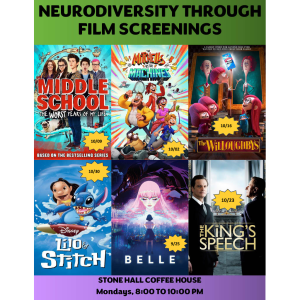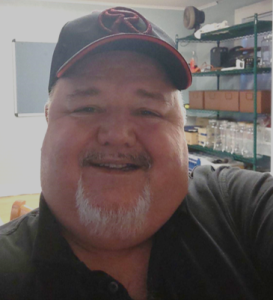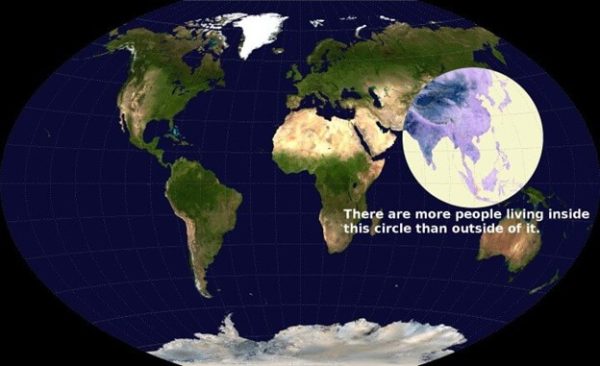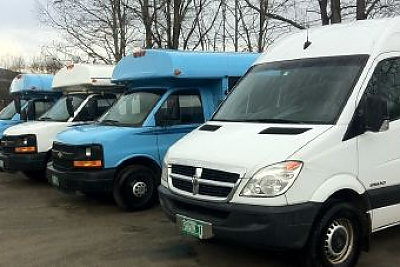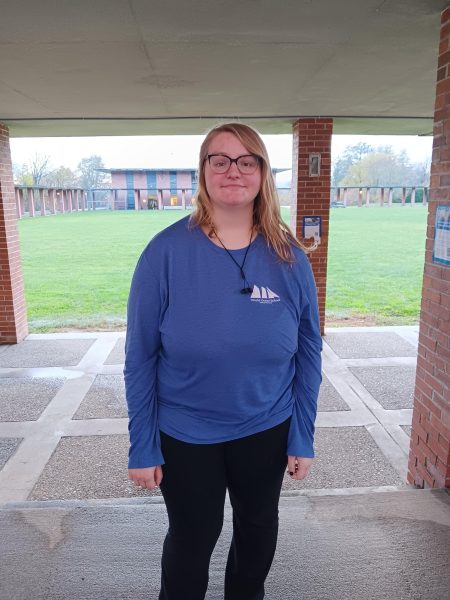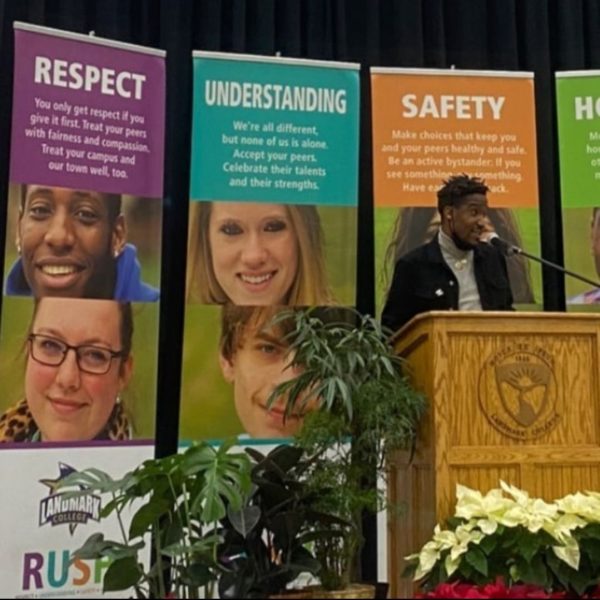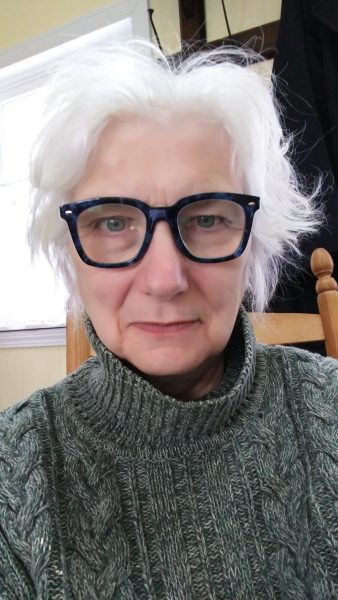Neurodiversity Spotlight: Hierarchy
November 30, 2022
The Ugly Ranking of Disabilities
In a community that’s faced with prejudice and discrimination, you’d think there’d be unity and acceptance of all differences visible and invisible. But sadly, a hierarchy used inside and outside that community labels people as more “acceptable” than others based on how normal they seem. This hierarchy comes from the culture of being limited by one’s disability by society’s unwillingness to accommodate people who are differently abled. People who were able to adjust to the “normal” standards of being part of society, like to think of themselves as better than those who can’t as easily hide their limitations and challenges because they think that reflects on them. This creates a rift between people placed toward the top and bottom of this hierarchy.
But there’s another issue with the hierarchy that affects more people at the top than the bottom. By looking “normal” despite needing some accommodations, gives people the impression that you really don’t need support and are taking resources away from people who really need them. Needing a handicap parking space but can still walk, using a wheelchair despite being able to stand, having a service dog for a reason other than blindness, having accommodations in the classroom but doing well in school, gives others the assumption that you are taking advantage of the “truly disabled” and shouldn’t have those resources. This has caused society to treat people with invisible disabilities as non-disabled insensitive jerks.
People at the bottom of the hierarchy, however, have a different problem. They are more limited by their challenges according to society. Those with intellectual and developmental disabilities may have more support in school but are not challenged and are often excluded from other students by spending the entire day school day in a “special classroom”. Many of them end up spending more years in high school, don’t go to college, and don’t have a job. While staying longer in high school and IEP programs can be a helpful resource, a lot of times they don’t get a say in what they want to do with their future, especially if they lack ability to verbally communicate.
Even if they are over 18, people at the bottom can be treated like young children or even toddlers without any regard for how that makes them feel. I believe this is a big factor in the creation of the hierarchy and the want to distance from those types of disabilities by saying “we’re not one of them”. Some who identify as being disabled or neurodiverse may feel insulted, not by the treatment of those with intellectual and developmental challenges, but by how they appear to others. This shared embarrassment is something that people who call themselves “high functioning” like to not associate with. Some may even have the fear that if they identify as mentally disabled, they will start being treated that way which only adds to the problem.
This hierarchy of disability is only holding back efforts to spread awareness and acceptance. Disabilities shouldn’t have labels or ranks in society. It should only be seen as a spectrum of challenges visible and invisible. Everyone should have the same opportunities, no one should have to prove they need a specific resource, and no one should be judged for how they look or don’t look. It also shouldn’t be a bad thing, just a part of life that many people have to deal with but doesn’t hold them back. But until the hierarchy can be broken, society will continue to hold everyone back.



